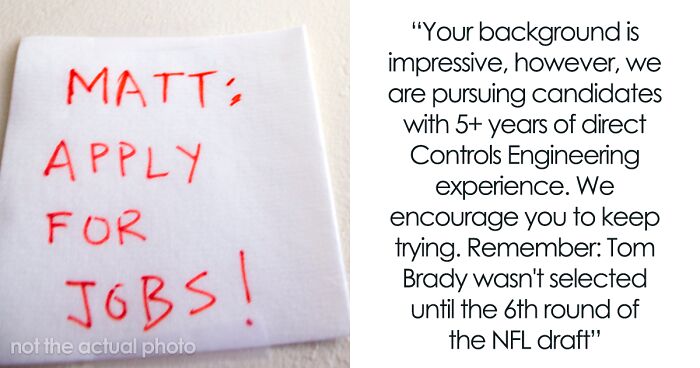
Woman Shares “Kind, Encouraging And Carefully Worded” Rejection Letter From An Employer
Rejection hurts. The shattering of hopes, dreams, fantasies, and expectations for the bettering of one’s life is something that we all have to come across one way or another. Sometimes the cause of said rejection decides to pour extra salt over the wound; other times they aim to add a little bandage and bring by a cup of cocoa.
The latter is what one woman experienced after receiving one of the sweetest work rejection letters out there. Apologetic, explanatory, and inspiring are few words to describe it. She shared the letter on her LinkedIn profile and it got quite the response, somewhat dividing opinions; while most applauded the company, others found the letter to be patronizing.
Can’t wait to read your opinions on it in the comments section, but for now, let’s dive into it!
More info: LinkedIn
Rubab Ajmal shared a “really kind, encouraging and carefully worded” rejection letter she received on LinkedIn
Image credits: Rubab Ajmal
Rejection–the act of refusing to accept, use, or believe someone or something. At least that’s the definition the Cambridge English Dictionary has to offer. And it’s not bad per say, but it just doesn’t seem to hold the crushing weight of disappointment and pain that comes along with it. But does it always have to? Mayhaps not!
Rubab Ajmal, a research assistant at the University of Florida, learned just that after receiving a rejection letter from Denise Ward, a recruiter at Wunderlich-Malec Engineering. Although it was disappointing that she didn’t get through to the interview stage for the position of Controls Engineer, she found the letter to be “really kind, encouraging and carefully worded.”
She’d applied for a position of Controls Engineer at Wunderlich-Malec Engineering, but was unsuccessful due to her insufficient experience
Image credits: Rubab Ajmal
They complimented Rubab on her “impressive” experience, yet believed her to not have enough of it in the field, leading to the rejection. Yet, they continued to encourage her to apply to positions of interest, as “it only takes one ‘yes’ to change everything and the decline emails will be long forgotten.”
Following suit were a few examples of failure experienced by those now widely renowned and respected in their field, such as Tom Brady, the American football quarterback, Michael Jordan, the greatest basketball player of all time, Lady Gaga, one of the most iconic musicians of our time, and James Dyson, the English inventor and industrial designer.
Denise concluded the letter with these final words: “We hope this decline is but one tiny, forgotten step closer to your next big yes.”
Yet, the recruiter continued to encourage Rubab to apply to positions of interest, as “it only takes one ‘yes’ to change everything”
Image credits: Amtec Photos (not the actual photo)
Since being shared online, the post has received over 65K likes and hundreds of comments, with many praising the company for the very human letter. “Dang—that is a rejection letter wrapped in a hug,” wrote one person. “This is not a rejection letter but a letter of inspiration,” stated another.
However, others disagreed, finding the examples of famous people patronizing and unnecessary. “I personally found the bullet points to be irrelevant and a bit patronizing. The rejection letter would have resonated stronger without those random, unchecked ‘facts’ about sports players, a pop singer and the annoying vacuum guy,” one person commented. “This email was condescending! There was nothing encouraging or uplifting about this,” said another.
They then included a few examples of failure experienced by those now widely renowned and respected in their field
Image credits: Rubab Ajmal
Let’s look at the typical rejection letter format and its purpose as a whole. As explained on Indeed, a rejection letter should be honest, clear and to the point. Efficiency is one of the biggest benefits of using rejection letter templates, hence why most of us have seen essentially the same dreaded rejection letter.
Using a template rejection letter allows employers to spend more time reviewing other suitable applicants and, since they’re easily customizable, it helps to streamline the hiring process. However, the speed of the rejection letter is as crucial to the employee as it is to the employer; it helps them move on to different opportunities quickly without looking back and debating what went wrong or holding on hope that they’ll be contacted one day.
“Yes, it is possible to say no without breaking the spirits,” Rubab wrote in the post. It has since received over 65K likes and hundreds of comments on LinkedIn
Image credits: Steve Ellmore (not the actual photo)
According to Careerbuilder, 66% of job seekers say they would wait only two weeks for a response to their application before moving on to other opportunities. Candidates invest their time and energy into the application process and expect the companies to at least acknowledge this or, even better, do the same.
It prevents the waste of time. Time that a lot of us don’t have to waste when we’re looking for work. Those bills ain’t gonna pay themselves (I wish…).
The rejection letter seemed to have it all: a clear explanation as to why she wasn’t selected, a personal tone, and an ending that focused on future opportunities
Image credits: Quinn Dombrowski (not the actual photo)
Fredric M. Jablin, an Associate Professor of Speech Communication, and Kathleen Krone, a doctoral candidate at the University of Texas, Austin, argued that candidates respond best to rejection letters that are clear and personal, yet indirect.
These characteristics can be seen in the rejection letter sent to Rubab: it contained a clear explanation as to why she wasn’t selected, had a personal tone as if they were speaking directly to her, and ended with a bit of motivation that distracts from ‘failure’ and points at ‘opportunity.’
Some debated on the importance of the actual amount of necessary experience. Does it actually make a difference whether you’ve had 5 years of experience or 3? “Companies want to know that you have successfully performed the job duties in the past,” says Alexandra Levit, business and workplace author. “The less they have to train you, the better.”
The post seems to have introduced Rubab to other employers and mentors, and we’re sure she’s on the right path to finding her dream job!
Image credits: Savannah River Site (not the actual photo)
As explained by Isabel Thottam, experts agree that even if you don’t have the required number of years of experience, it is still worth applying for the position, as long as you have what the employer is looking for.
LinkedIn recommends looking at the job description as more of a wishlist from an employer, rather than a checklist. If your qualifications match 80-90% of what’s listed in the job description, consider applying, as potential may be more important to the employer rather than finding someone who meets 100% of the requirements.
It seems Rubab’s post has gotten her in touch with different employers and mentors, and we’re sure she’s on the right track to her dream career. We wish her the best of luck!
Let us know what you think of this rejection letter—would it be one that you’d like to receive or is it too much? Don’t forget to upvote and follow the author, and I shall see you in the near future!
Bored Panda has reached out to Rubab for comment.
The letter divided the public; some applauded the employer, while others saw the letter as patronizing. Let us know your thoughts in the comments!
74Kviews
Share on FacebookI have had quite a few rejection emails and there have been a few that were like, "you are clearly talented but just not what we are looking for". But after receiving over 1,800 rejections, even rejections like this, it is hard to go on. It's hard to go, you know what, I will spend 15 minutes filling out this incredibly stupid application on the off chance this one company actually finds value in my work.
Yeah, I understand. Rejection, even nice ones, are still hard. Especially after so many. I hope that you will find something soon!
Load More Replies...Babe Ruth held the strikeout record for a long time but no one remembers that anymore
I have had quite a few rejection emails and there have been a few that were like, "you are clearly talented but just not what we are looking for". But after receiving over 1,800 rejections, even rejections like this, it is hard to go on. It's hard to go, you know what, I will spend 15 minutes filling out this incredibly stupid application on the off chance this one company actually finds value in my work.
Yeah, I understand. Rejection, even nice ones, are still hard. Especially after so many. I hope that you will find something soon!
Load More Replies...Babe Ruth held the strikeout record for a long time but no one remembers that anymore

 Dark Mode
Dark Mode 

 No fees, cancel anytime
No fees, cancel anytime 






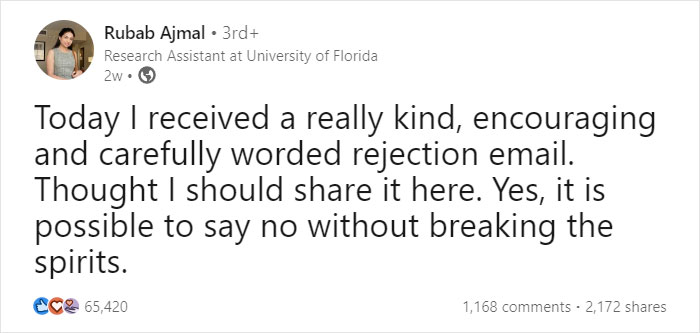

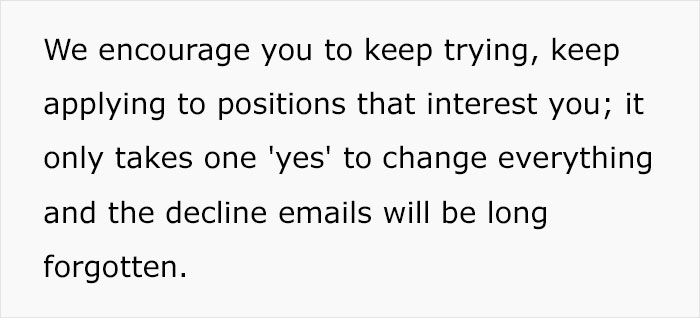
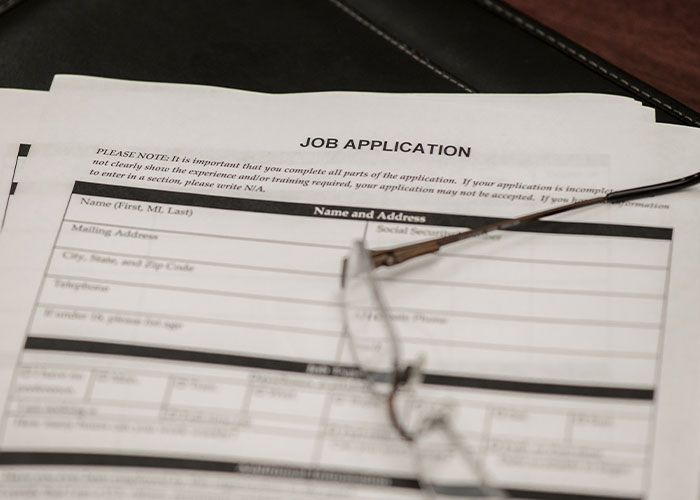
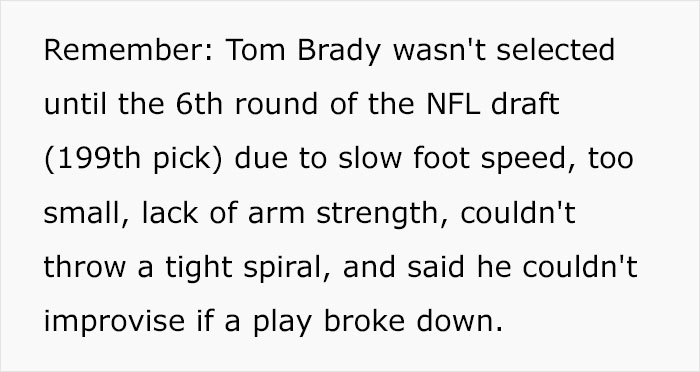
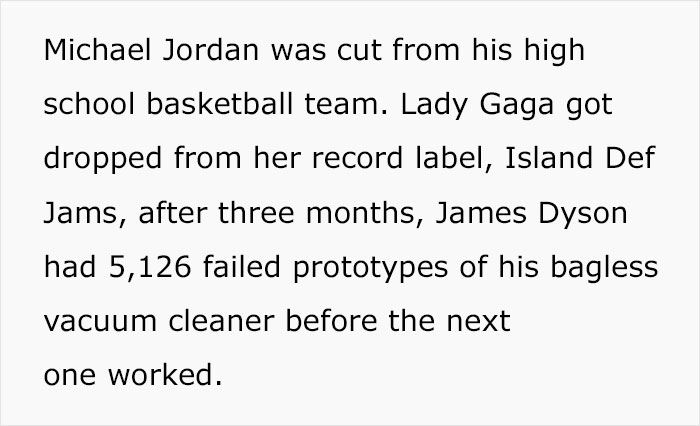

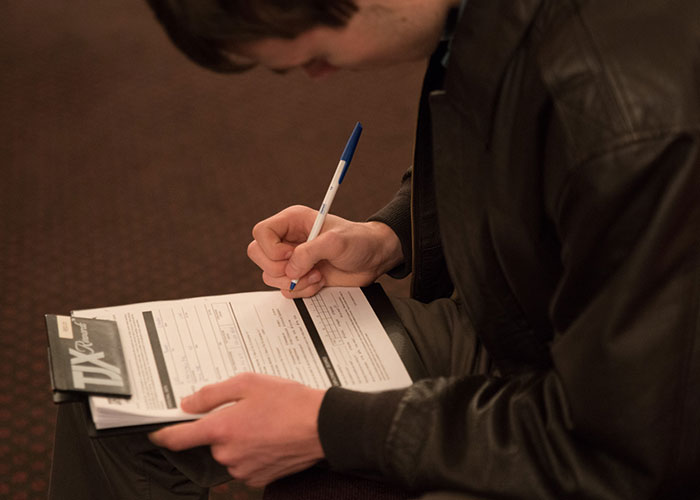
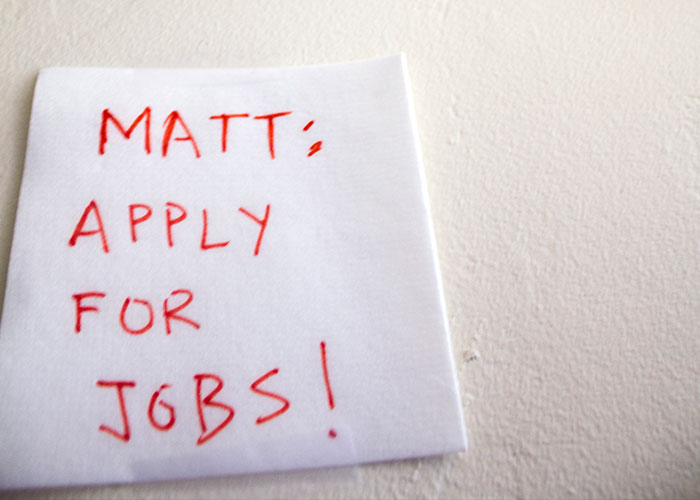
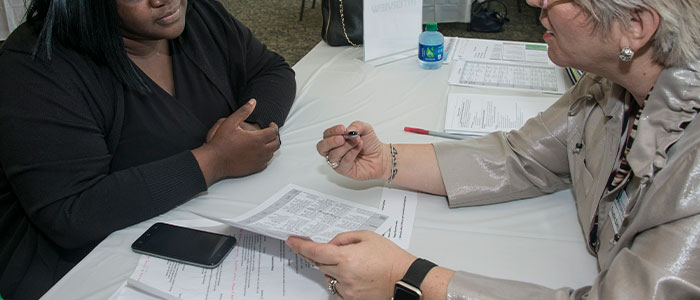
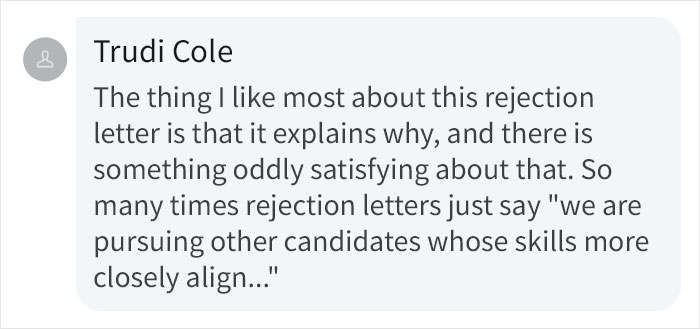


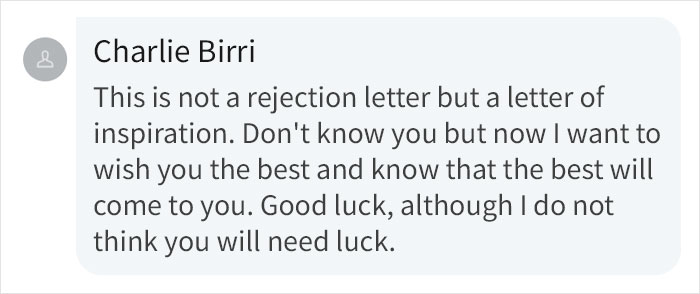
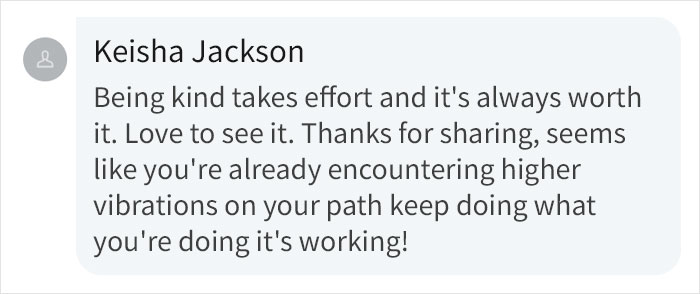
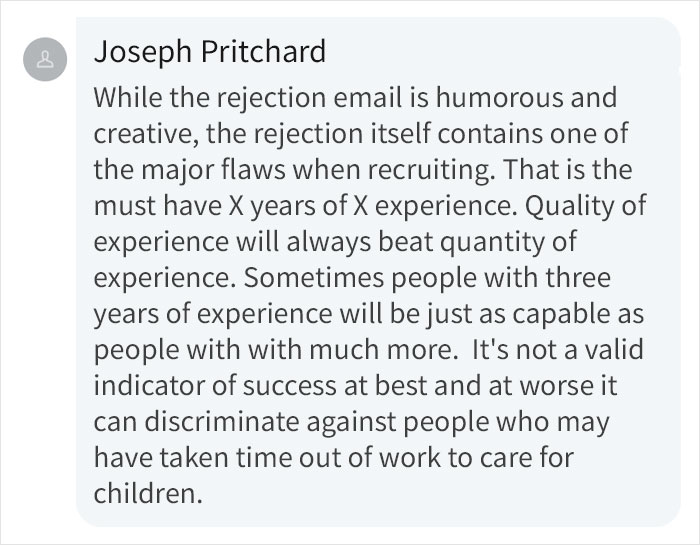
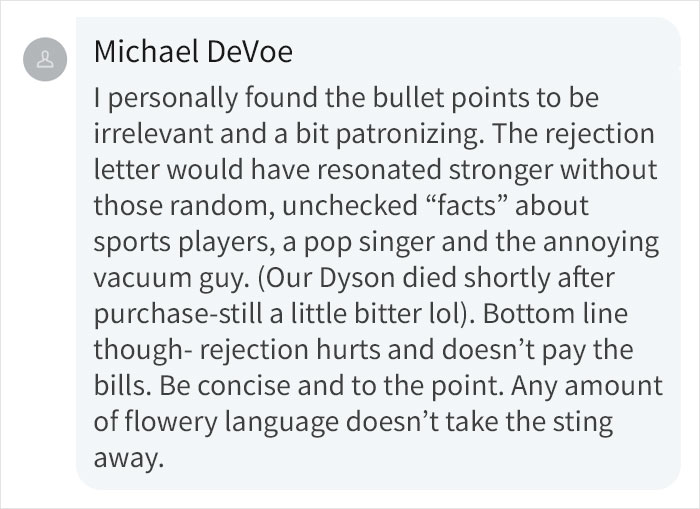

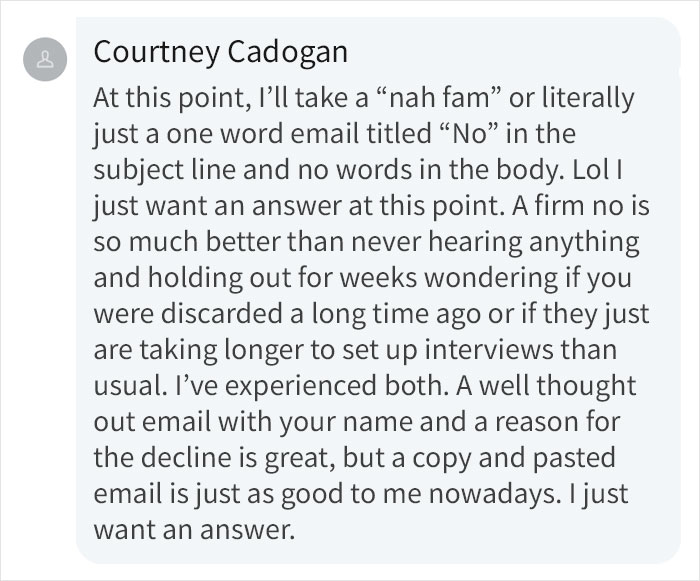
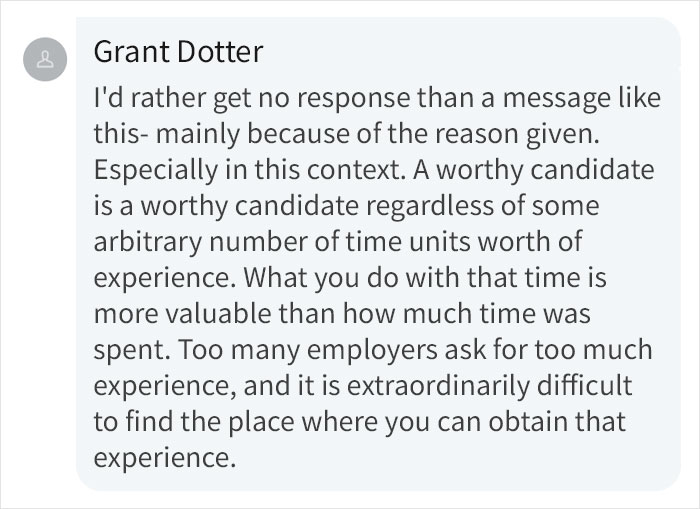









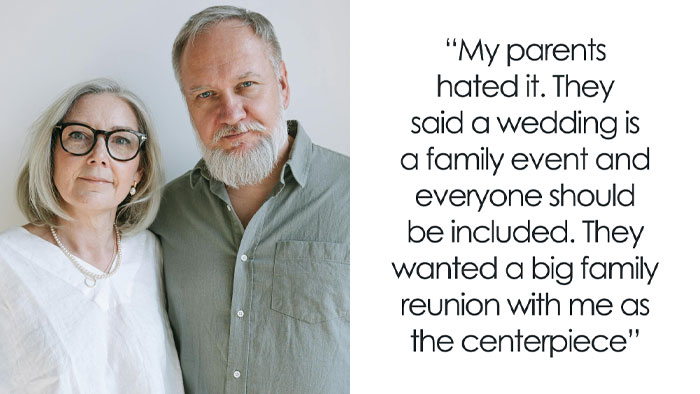


























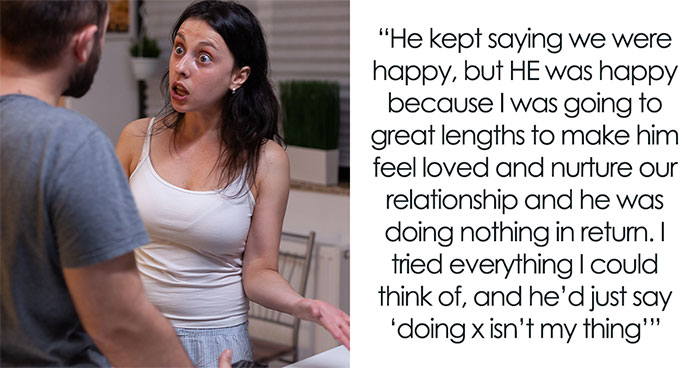






74
4